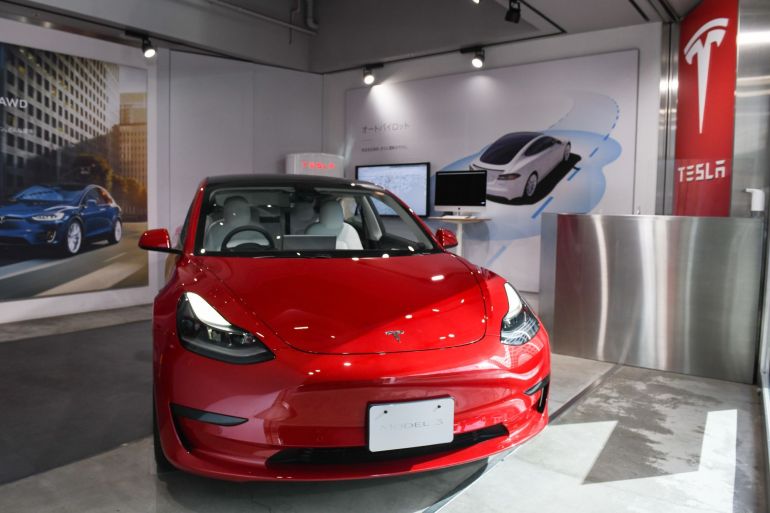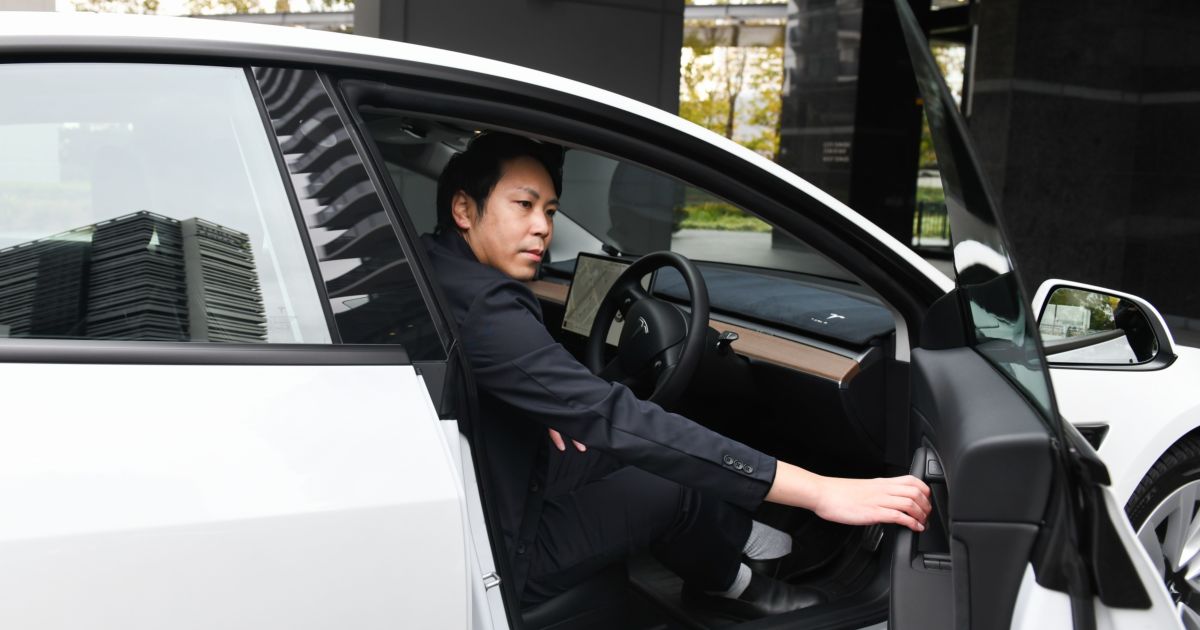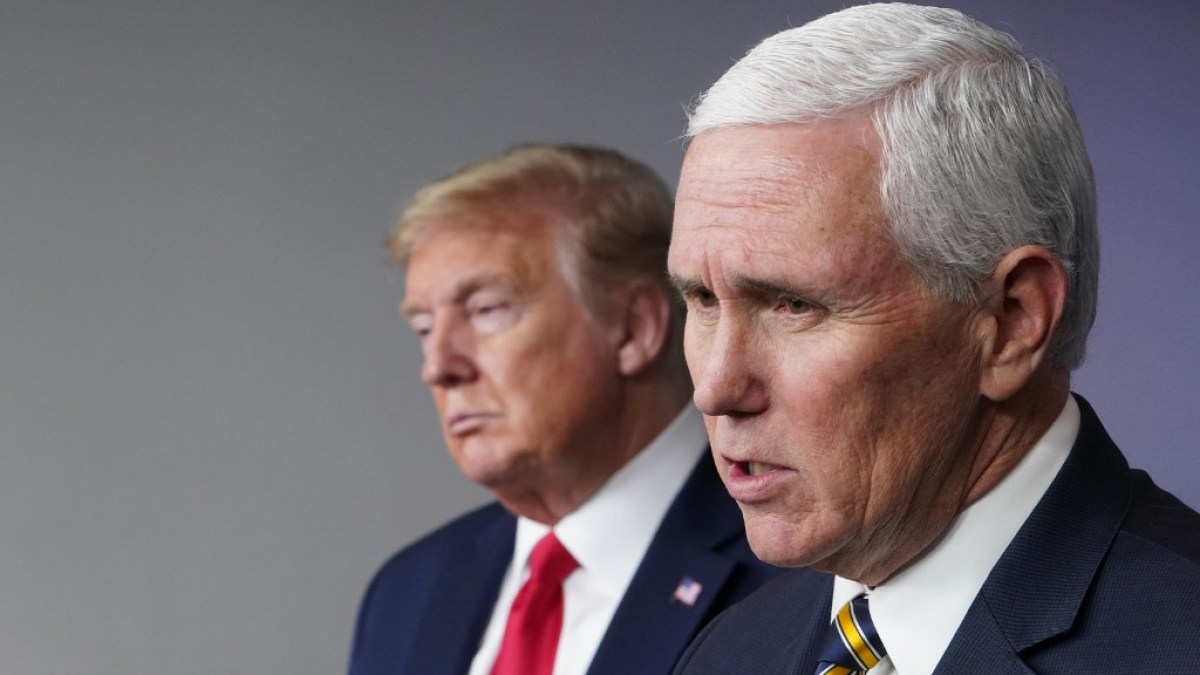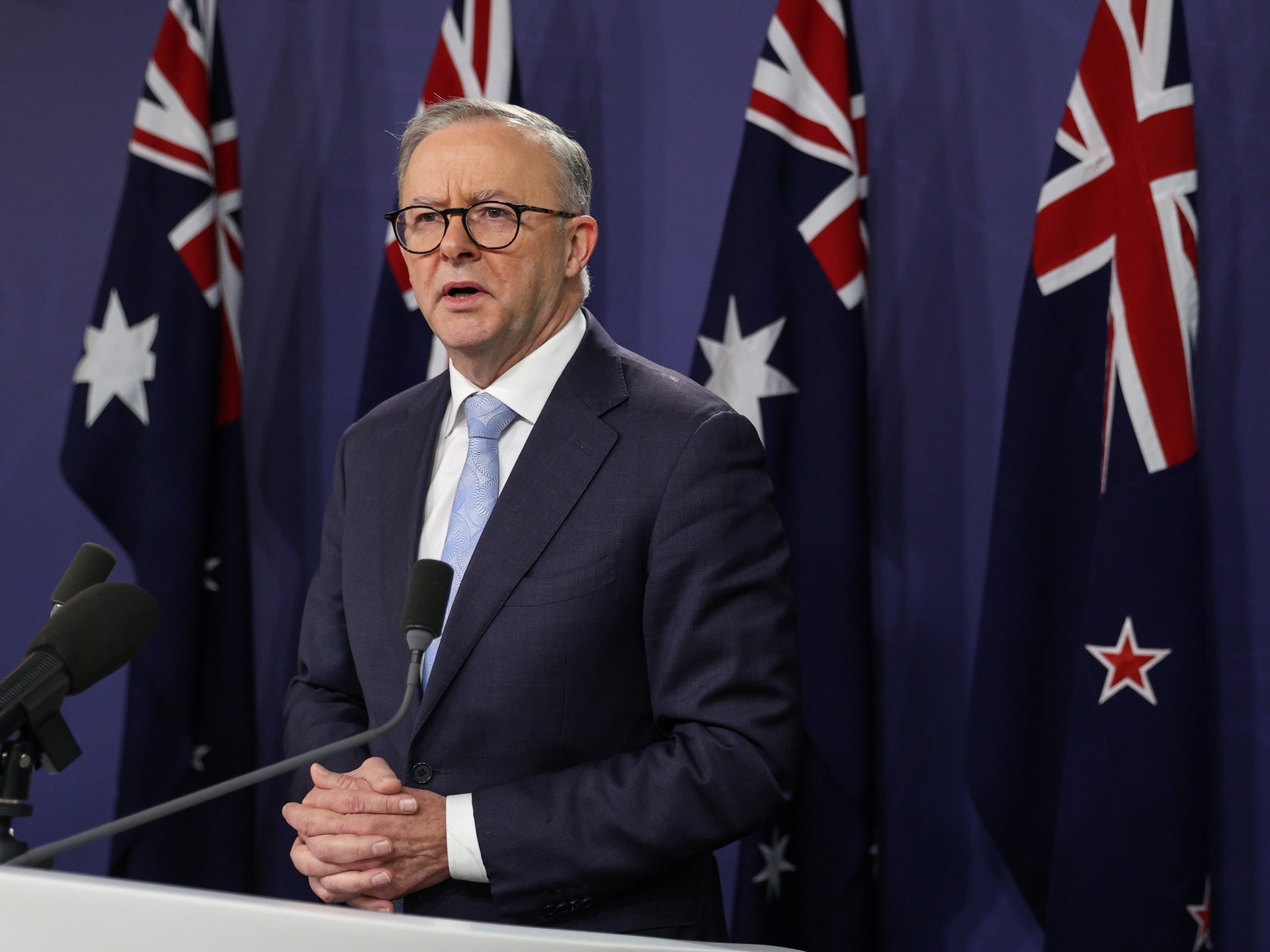Once niche, Tesla capitalises on Japan’s late embrace of EVs | Automotive Industry
Tatsuya Arai, a 36-year-old entrepreneur in Tokyo, never saw the appeal of owning a car until he watched a YouTube video featuring a Tesla Inc. The Model 3, with its sleek exterior and innovative dash, looked like a neat solution considering he was moving from the city’s bustling Shibuya district to a quieter waterfront area and needed a way to get around.
“It was like buying a gadget,” he said.
Arai joined a small but growing number of electric vehicle owners in Japan. While EVs account for only 1% of overall car sales, well behind China and parts of Europe, they’re finally starting to catch on. In 2021, new registrations of imported EVs nearly tripled to 8,610, a small but remarkable shift in a country where overall automobile sales have stalled.
With its high per-capita income and enthusiasm for high-end European cars such as Mercedes-Benz, Japan initially looked like a natural fit to Tesla Chief Executive Officer Elon Musk, who predicted back in 2010 the Asian nation would be Tesla’s second-biggest market after the U.S.
Yet the country has remained wary of betting too heavily on full electric cars, even after Nissan Motor Co. blazed the trail for affordable EVs with its Leaf over a decade ago. Japan’s automakers and government have instead preferred to promote hybrids, a category Toyota Motor Corp. pioneered with the Prius around 25 years ago, as a more economically sound model.
There now seems to be a pivot amid international pressure. Toyota, Nissan and Honda Motor Co. have all rolled out new EV strategies as foreign giants from General Motors Co. to Volkswagen AG pledge to abandon combustion engine cars altogether in the not too distant future.
The Japanese government, pledging to be carbon neutral by 2050, also appears to have shifted from its earlier focus of defending its home-grown auto industry. It now aims to almost halve emissions by 2030 from 2013 levels, and is looking to ban sales of gas-fueled cars by the mid-2030s.
At the same time, it’s making EVs more affordable for consumers, doubling the amount of subsidies to a maximum of 800,000 yen ($7,000) in November.
That’s encouraging for foreign EV makers, who’ve long ceded the market to Toyota’s Prius hybrids and Nissan’s Leaf, the world’s first mass-market EV.
“The shift to zero-emission EV cars hasn’t happened yet, but once it does, we’ll see it proceed rapidly,” said Matthias Shapers, president of Volkswagen Japan, noting that Tesla cars were already selling well in neighboring Taiwan, where its suppliers are booming.
 Tesla cars are particularly popular among Japan’s young and wealthy [File: Bloomberg]
Tesla cars are particularly popular among Japan’s young and wealthy [File: Bloomberg] Tesla cars are particularly popular among Japan’s young and wealthy, who live in urban areas where EV chargers are available and buy into Musk’s maverick message, analysts say. Globally, Tesla delivered over 936,000 cars last year, an 87% increase from the year before, despite a global chip crunch that’s forced automakers to cut production.
“The fact that Tesla’s share price topped Toyota was huge” in boosting its brand recognition in Japan, said Seiji Sugiura, an analyst at Tokyo Tokai Research, adding that Teslas have become a status symbol.
IHS Markit estimates Tesla sold more than 5,200 cars in Japan last year, up from about 1,900 in 2020, although it also forecasts a brief pause this year while potential buyers wait for the new Model Y, expected to become available in Japan around year-end.
Discounts could also put Teslas within the reach of more people. In February last year, Tesla Japan cut the price of the long-range version of its Model 3 by 24% to about 5 million yen, mirroring a discount in China.
Tesla is soon expected to announce the start of production at its Gigafactory in Berlin, its first plant in Europe, and at another in Austin, Texas.
“Now that Giga Berlin is coming online, there’s going to be a lot of Teslas made in China going into Japan in 2022” as well as to South Korea and India, said Tu Le, director at Sino Auto Insights, who also forecasts further price cuts in Japan.
Yet some warn it will be difficult for Tesla to expand in any meaningful way, particularly as domestic automakers put more resources into EVs. Even with a growing fan base of young, tech-savvy drivers, Tesla still struggles with poor brand recognition and its direct-to-consumer business model also confounds most shoppers accustomed to white-glove treatment.
“It’ll be a tight battle,” said Takeshi Miyao, an analyst at Carnorama, an automotive consultancy. “Japanese automakers are strong globally, but they’re even stronger at home. It’s a very difficult market for foreign carmakers.”
Miyao predicts particularly strong competition from Toyota’s bZ series, a line of electric-only sport utility vehicles unveiled last year. Toyota is planning to spend $35 billion to speed up its shift to EVs.
‘More Tesla owners day by day’
Nissan and alliance partners Renault SA and Mitsubishi Motors Corp. are spending a combined 23 billion euros ($26 billion) over five years to roll out 35 new battery-powered cars by the end of the decade.
Domestic carmakers will also have the upper hand when it comes to providing charging stations, helped by their existing networks of dealerships throughout the country, including in rural areas. Nissan already has a network of charging stations and is planning to build more as part of a global, 20-billion-yen project. Toyota has said it will equip EV chargers at all its dealers throughout the nation by around 2025.
Tesla’s charging stations meanwhile are concentrated in metropolitan areas. It won’t say how many chargers it will build in Japan this year, but is currently looking for a charging stations project deployment manager, according to its website.
Volkswagen Japan has said it will build the country’s largest rapid charging network, equipping 90-150 kilowatt rapid chargers at some 200 points by the end of this year. Installing them can cost as much as 25 million yen each.
Stellantis NV has also started talking to energy providers to expand its charging network. Pontus Haggstrom, chief executive officer of Stellantis Japan, said he wants to see the government take a more active role.
“As far as infrastructure is concerned, it’s not for the manufacturers to work on. It’s what the government needs to work on,” he said.
Tesla fan Arai says he’s satisfied with the Model 3’s driving range of about 340 miles. While he wishes there were more charging stations along highways, the slight inconvenience is outweighed by the ease of the car’s technology, including over-the-air software updates and features including the ability to lock the door with his smartphone.
“I’m seeing more Tesla owners day by day,” he said.





Pingback: orange hawaiian mushroom for sale magic boom bars where to buy psilocybin capsules for sale
Pingback: Automation Testing Tools
Pingback: dried liberty cap mushrooms
Pingback: buy vigrx plus
Pingback: try here
Pingback: ufabtb